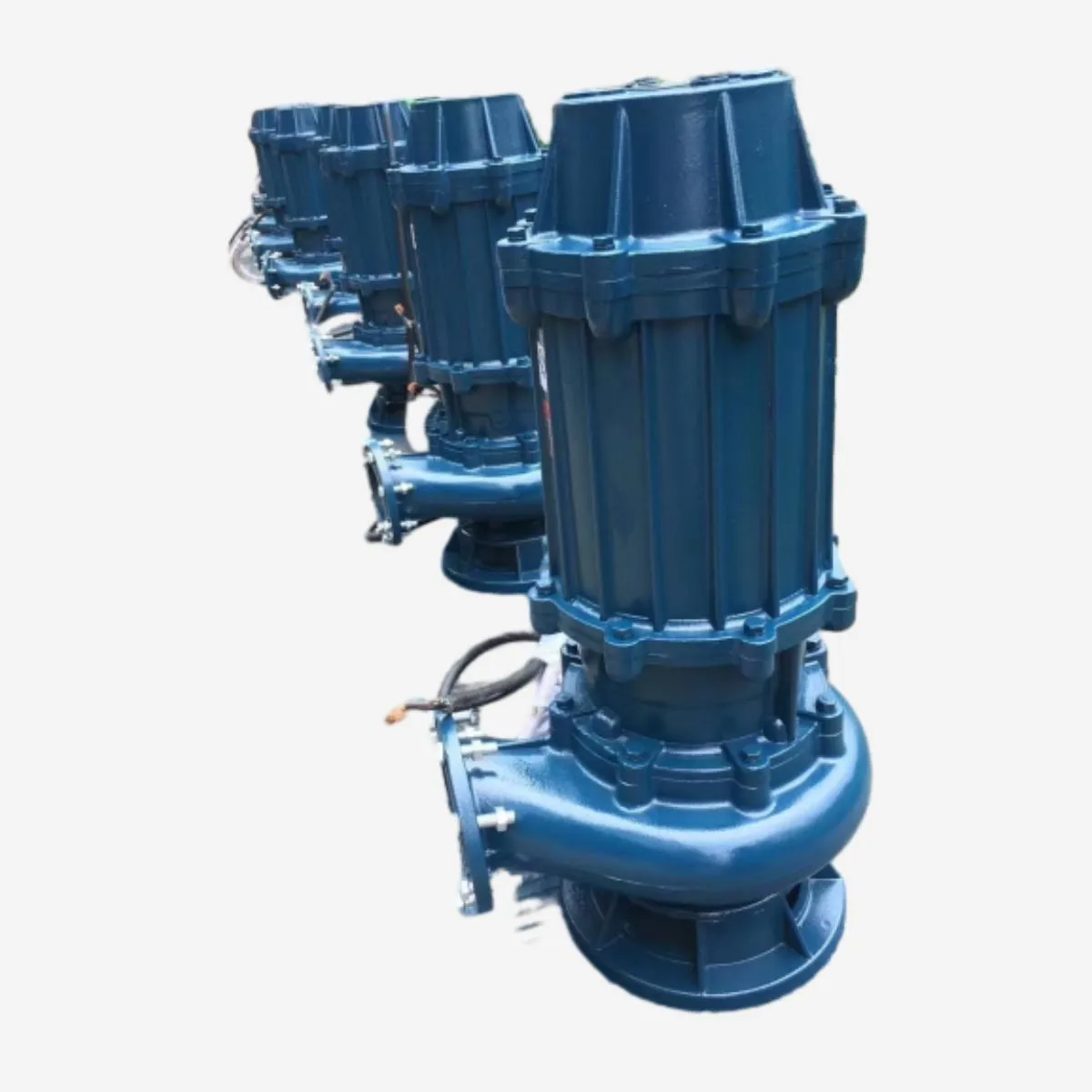Croatian
- Afrikaans
- Albanian
- Amharic
- Arabic
- Armenian
- Azerbaijani
- Basque
- Belarusian
- Bengali
- Bosnian
- Bulgarian
- Catalan
- Cebuano
- Corsican
- Croatian
- Czech
- Danish
- Dutch
- English
- Esperanto
- Estonian
- Finnish
- French
- Frisian
- Galician
- Georgian
- German
- Greek
- Gujarati
- Haitian Creole
- hausa
- hawaiian
- Hebrew
- Hindi
- Miao
- Hungarian
- Icelandic
- igbo
- Indonesian
- irish
- Italian
- Japanese
- Javanese
- Kannada
- kazakh
- Khmer
- Rwandese
- Korean
- Kurdish
- Kyrgyz
- Lao
- Latin
- Latvian
- Lithuanian
- Luxembourgish
- Macedonian
- Malgashi
- Malay
- Malayalam
- Maltese
- Maori
- Marathi
- Mongolian
- Myanmar
- Nepali
- Norwegian
- Norwegian
- Occitan
- Pashto
- Persian
- Polish
- Portuguese
- Punjabi
- Romanian
- Russian
- Samoan
- Scottish Gaelic
- Serbian
- Sesotho
- Shona
- Sindhi
- Sinhala
- Slovak
- Slovenian
- Somali
- Spanish
- Sundanese
- Swahili
- Swedish
- Tagalog
- Tajik
- Tamil
- Tatar
- Telugu
- Thai
- Turkish
- Turkmen
- Ukrainian
- Urdu
- Uighur
- Uzbek
- Vietnamese
- Welsh
- Bantu
- Yiddish
- Yoruba
- Zulu
Telephone: +86 13120555503
Email: frank@cypump.com
stu . 01, 2024 09:03 Back to list
Understanding Residential Sewage Lift Pumps for Efficient Wastewater Management Solutions
Understanding Residential Sewage Lift Pumps A Necessary Solution for Homeowners
In modern residential plumbing systems, effective wastewater management is essential for maintaining hygiene and convenience in our daily lives. One critical component that helps facilitate this process in homes situated below the municipal sewer line or in remote areas is the residential sewage lift pump. This device plays a significant role in transporting sewage and wastewater away from a property, ensuring that it reaches the appropriate disposal or treatment facility.
A sewage lift pump is designed to lift wastewater from a lower elevation to a higher elevation, allowing it to flow freely into the main sewer line. This is particularly important for homes that are located in low-lying areas where gravity drainage is not feasible. Typically, these pumps are installed in a sump pit, where wastewater collects before being pumped out through a discharge line.
The operation of a sewage lift pump is relatively straightforward. When wastewater enters the sump pit, a float switch activates the pump when the water level rises to a certain point. The pump then begins to work, pushing the wastewater out and up to the level of the municipal sewer line. Once the water level drops, the float switch turns the pump off, preventing any unnecessary energy consumption.
residential sewage lift pump

Choosing the right sewage lift pump is crucial for ensuring long-term functionality and reliability. Homeowners should consider several factors when selecting a pump, including the pump's capacity, the vertical lift required, and the type of materials it can handle. Most residential sewage pumps can handle solids up to 2 inches in diameter, which includes common household waste materials. However, for homes with specific needs or high-volume wastewater disposal, it may be necessary to invest in a more robust model.
Another important consideration is the pump's power source. Most residential sewage lift pumps operate using electricity, so ensuring a constant power supply is essential. In areas prone to power outages, homeowners might consider backup systems, such as battery-powered pumps or generators, to prevent sewage backup and potential flooding.
Maintenance is also vital for the long-term performance of a sewage lift pump. Regular inspections should be conducted to identify any signs of wear or malfunction. This includes checking the float switch for proper operation, ensuring that the impeller is free of debris, and examining the discharge line for any clogs. Scheduling professional maintenance every few years can help extend the life of the pump and avoid costly repairs.
In conclusion, residential sewage lift pumps are an indispensable solution for many homeowners, ensuring that sewage and wastewater are effectively managed. With proper selection, installation, and maintenance, these pumps provide a reliable means for transporting wastewater, thus improving sanitation and comfort in our homes. As urban development continues to expand, understanding the significance of this equipment becomes increasingly important for homeowners seeking to maintain a functional and hygienic living environment.
-
ISG Series Pipeline Pump - Chi Yuan Pumps | Energy Efficiency&Compact Design
NewsAug.03,2025
-
ISG Series Vertical Pipeline Pump - Chi Yuan Pumps Co., LTD.|High Efficiency, Low Noise, Durable
NewsAug.02,2025
-
ISG Series Vertical Pipeline Pump - Chi Yuan Pumps | High Efficiency, Low Noise
NewsAug.02,2025
-
ISG Series Vertical Pipeline Pump- Chi Yuan Pumps Co., LTD.|High Efficiency&Compact Design
NewsAug.02,2025
-
Heavy-Duty Mining Sludge Pumps - Wear-Resistant Slurry Handling
NewsAug.02,2025
-
Horizontal Split Case Pump with GPT-4 Turbo | High Efficiency
NewsAug.01,2025










